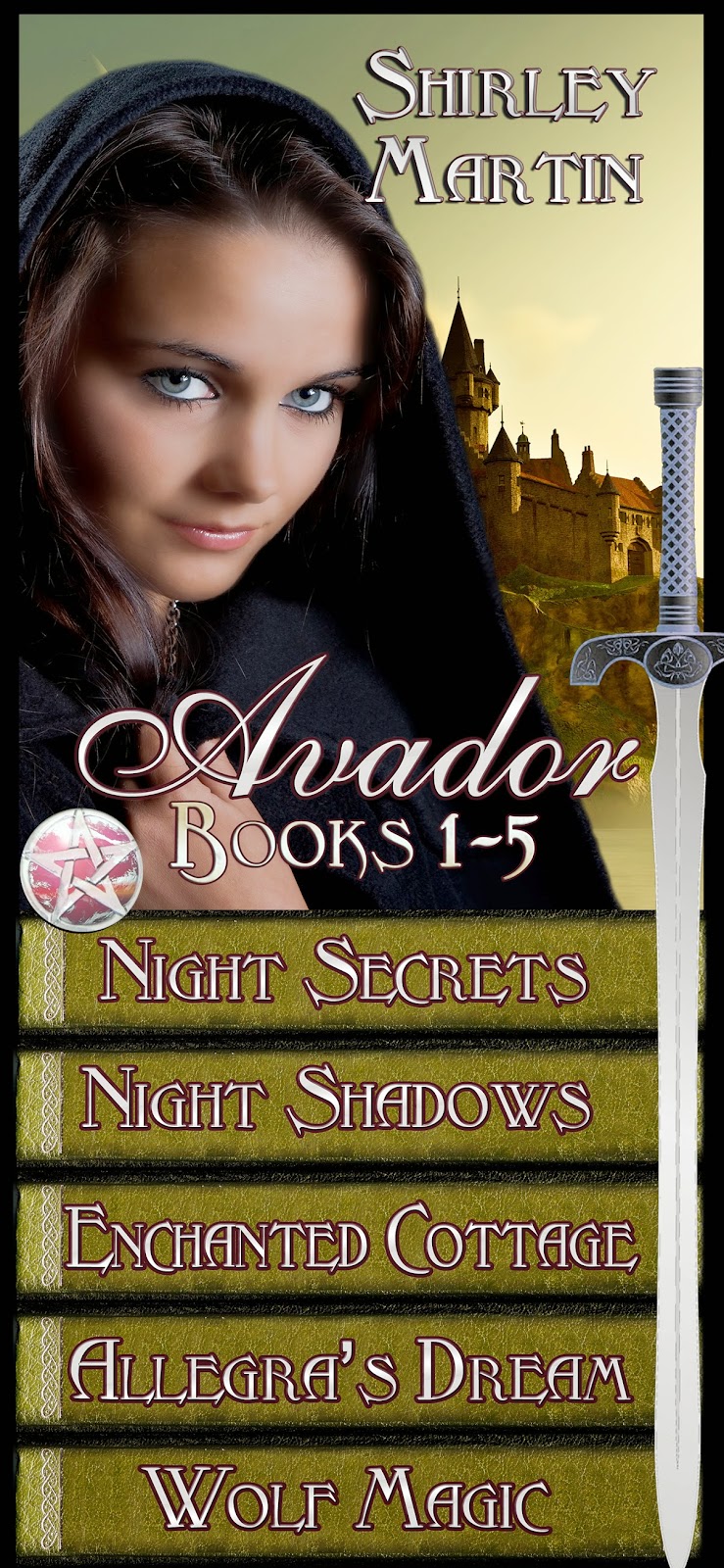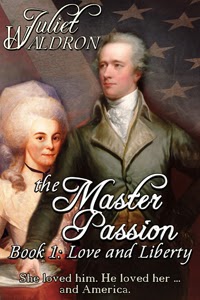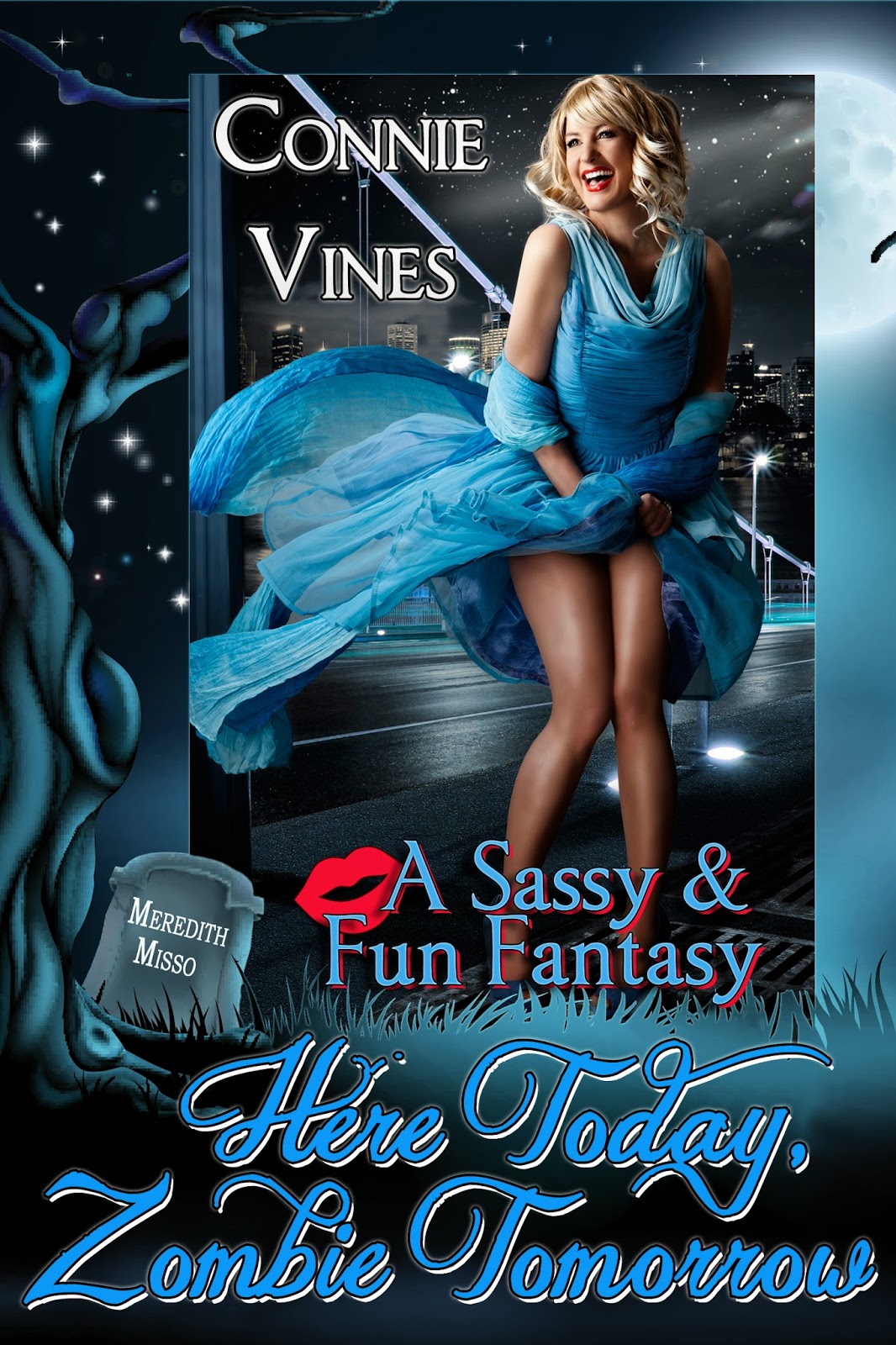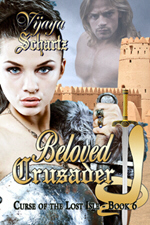 | |||
| CLICK TO BUY |
(Avador is on Amazon Countdown for a couple more days, don't miss your chance to buy this 5 book set for only $1.99)
Americans are living longer and healthier lives. Sixty is the new forty, and eighty is the new sixty. Still, by the time you reach your golden years, you should start planning for the time you will no longer exist on this earthly plane.
Many churches, and I suppose synagogues, too, conduct classes in funeral planning. My own church provides a form in which you can name the Biblical passages you want read and the hymns you want sung for your funeral service. After all, you wouldn't want to attend your funeral and hear the congregation sing hymns that are not among your favorites. On the church form, I've requested two of my favorites: "Lord, You Have Come to the Lakeshore" and "Here I Am, Lord."
The Bible contains many beautiful and memorable passages. Besides the Twenty-third Psalm, The Book of Ecclesiastes, Chapter Three, is among my favorites: "To every thing there is a season, and a time for every purpose unto the heaven...." From the New Testament, I especially like the Book of Revlation, Chapter Twenty-one: "...and God shall wipe away all tears from their eyes, and there shall be no more death, neither sorrow, nor crying...."
On a more practial level, you should consult a reputable lawyer and hire him/her to draw up a will. Be specific, so that there is no disagreement over who gets what. Name an executor and make sure he/she knows where all of your important papers are, such as your insurance papers and aforesaid will.
I even wrote my own obituary. All my sons have to do is fill in the blanks.
Funeral customs have differed among cultures and throughout the centuries. Think of the ancient Egyptian pharoah. His whole life centered around his death. Workers slaved for years for the construction of the pyramid that would house his prized possessions. It's obvious that the ancient Egyptians believed in an afterlife, one in which they could enjoy all of the objects that meant so much to them in their mortal lives.
The ancient Celts, too, believed in an afterlife. They were frequently buried with their personal effects, such as clothes, jewelry, and even food. Belief in an afterlife was an important aspect of the Celtic religion, although they apparently had no conception of reward or punishment after death. They also believed that butterflies housed the souls of their loved ones who had passed on.
For most Americans, a death in the family is a time of solemnity and grief. Not so with the Celts. For them, death was a time of joy, for the soul was returning to its home.
In parts of Indonesia, funerals are lively affairs that involve the whole village. These festivals can last anywhere from days to weeks. Families save up to provide lavish funerals where a sacrificial buffalo will carry the deceased to the afterlife. Until that time, which can take place years after physical death, the dead relative is laid in a special room in the family home and referred to as "one who is sick" or "one who is asleep."
Many Buddhists of Mongolia and Tibet belive that the soul moves on after death,while the body becomes an empty vessel. To return it to the earth, the body is chopped into pieces and placed on a mountaintop, which exposes it to the elements. This practice has been done for thousands of years and is still done today.
Especially in the West, more and more people are opting for cremation instead of burial for the simple reason that we are running out of space for caskets.
If Michael Crichton, author of "The Great Train Robbery" is to be believed, the Victorians placed a bell in the casket of the deceased, in case the "deceased" was still alive. That way, he/she could let the family know that the time for burial had not yet arrived. This isn't as far-fetched as it may seem. No doubt we have all read about a person being pronounced dead, a sheet thrown over him and taken to the morgue, only to throw off the sheet and sit up, scaring the bejeebies out of anyone who happens to be there.
Shirley Martin enjoys writing in different genres. If you like historical, paranormal, or fantasy novels, you have many of my romance novels to choose from. I have three books in print: The time travel romance, "Dream Weaver", and two fantasy romances, "Night Secrets" and "Night Shadows." Look for my books at Amazon and Barnes and Noble.
htp://bookswelove.net/authors/martin-shirley







































